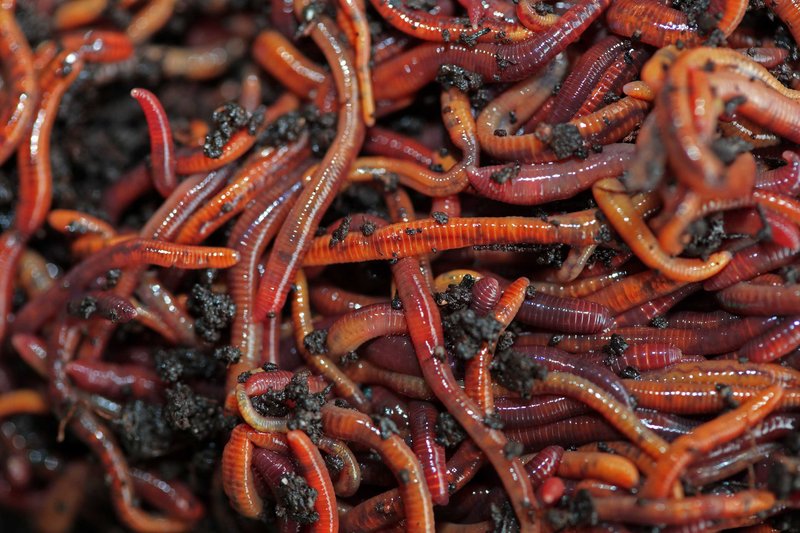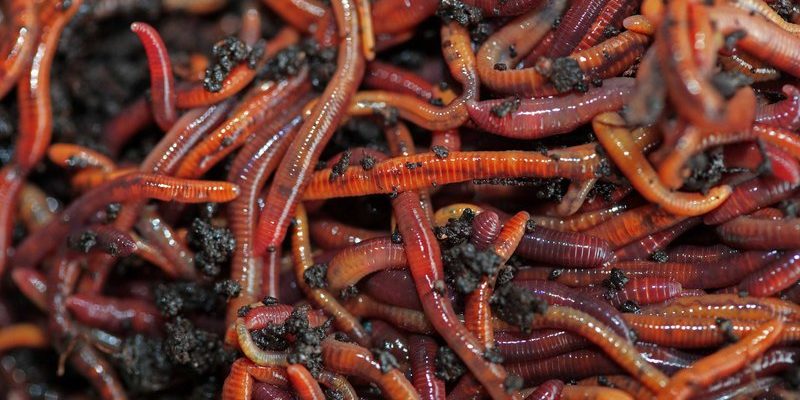
Eisenia hortensis isn’t just a worm; it’s a vital cog in the wheel of sustainability. Picture this: every time a gardener digs into their soil, there’s a good chance these worms have been churning it up, aerating it, and breaking down organic matter while enriching it with nutrients. Their hard work results in healthier plants, which then contribute to a more balanced ecosystem. Let’s dig deeper into why these inconspicuous creatures are essential for our environment.
What is Eisenia Hortensis?
Eisenia hortensis is a species of earthworm that’s commonly found in Europe but has made its way to many other parts of the world, like North America. It thrives in environments where there’s plenty of organic matter to munch on, such as decaying leaves and compost. Think of it as a composting champion—it helps break down organic materials into nutrient-rich humus.
These worms can grow up to about 7 inches long and are usually a reddish-brown color. While they might not seem like much at first glance, they play a critical role in our ecosystems by helping decompose waste and maintaining soil health. Their presence in the soil is like having a natural recycling system. As they digest organic materials, they not only enrich the soil but also enhance its structure, making it more resilient against erosion and compaction.
Soil Aeration and Structure
One of the most significant contributions of Eisenia hortensis is soil aeration. You might wonder why that’s so important. Well, aeration allows air, water, and nutrients to penetrate the soil more effectively. Imagine trying to breathe while wearing a mask—it’s hard! Soil needs oxygen just as we do, and worms create tunnels as they move through it.
These tunnels improve water drainage and reduce the risk of waterlogging, which can suffocate plant roots. When it rains, the water can flow easily, ensuring that plants receive the moisture they need without the danger of drowning. Additionally, their movement through the soil helps break up compacted layers, making it easier for plants to spread their roots. In essence, they’re working hard underground to create a more welcoming environment for vegetation.
Nutrient Cycling
Eisenia hortensis also plays a critical role in nutrient cycling. When these worms consume organic material, they break it down into simpler substances, making it easier for plants to absorb. As they digest food, they excrete castings—essentially worm poop—that’s packed with nutrients like nitrogen, phosphorus, and potassium. These are the essential nutrients that help plants grow strong and healthy.
You might think of these castings as nature’s own fertilizer. When gardeners or farmers add compost to their soil, they’re often tapping into this natural process. The nutrients from the worm castings not only help plants grow but also contribute to a richer microbial life in the soil, enhancing its overall health. Without these tiny recyclers, the nutrient cycle would be slower and less efficient, meaning our gardens and farms wouldn’t flourish as they do today.
Improving Soil pH
Another fascinating aspect of Eisenia hortensis is its ability to improve soil pH. You might not realize it, but soil can become either too acidic or too alkaline, and this imbalance can hinder plant growth. Worms help mitigate this issue through their digestive processes.
As they break down organic matter, they also release substances that can neutralize excess acidity. This leads to a more balanced pH level in the soil, creating a better environment for a wide range of plants to thrive. Think of it as a natural way to ensure that your garden has just the right conditions for growth. A balanced pH means healthy plants, which contribute to a healthier ecosystem overall.
Pest and Disease Control
Believe it or not, Eisenia hortensis can also help control pests and diseases in the soil. When they break down organic matter, they produce castings that contain beneficial microbes. These microbes can outcompete harmful pathogens and pests, essentially acting as a natural defense system for plants.
This is crucial for organic gardening and sustainable farming practices where chemical pesticides aren’t used. Instead of spraying harmful chemicals on plants, gardeners can rely on the natural pest control capabilities provided by these worms. By maintaining a diverse ecosystem in the soil, Eisenia hortensis helps keep harmful pests in check, allowing plants to grow free from disease.
Contribution to Biodiversity
Finally, Eisenia hortensis contributes to overall biodiversity in the ecosystem. Biodiversity is essential for a healthy environment—it ensures that natural processes run smoothly and that ecosystems can withstand various changes. These worms provide food not just for plants but also for a variety of animal species. Birds, for instance, love to feast on them, creating a link in the food web.
Moreover, as they thrive and multiply, they contribute to a diverse array of species in the soil. This diversity helps maintain soil structure, improves its fertility, and increases the resilience of the ecosystem to stressors like climate change or pollution. In essence, Eisenia hortensis plays a small but essential role in maintaining the balance of life in our ecosystems.
In conclusion, the ecological importance of Eisenia hortensis cannot be overstated. These tiny worms are fundamental in soil aeration, nutrient cycling, improving soil pH, pest control, and enhancing biodiversity. By appreciating the role they play in our environment, we can better understand how every creature, no matter how small, contributes to the large tapestry of life. Next time you walk through a garden or park, take a moment to appreciate the hardworking earthworms beneath your feet; they’re doing much more than you might realize!

